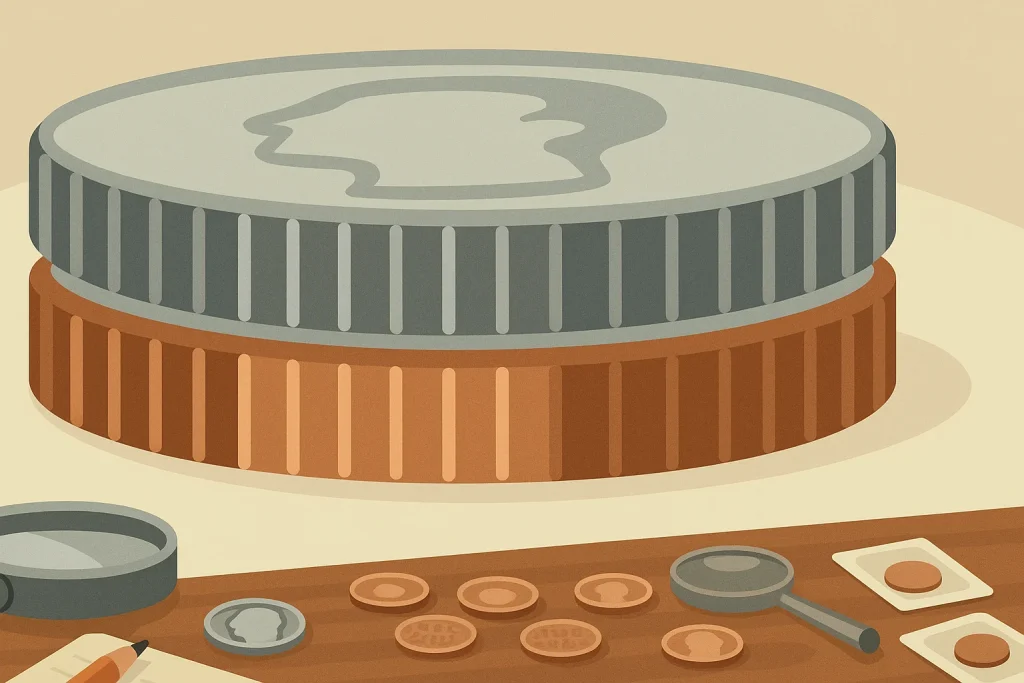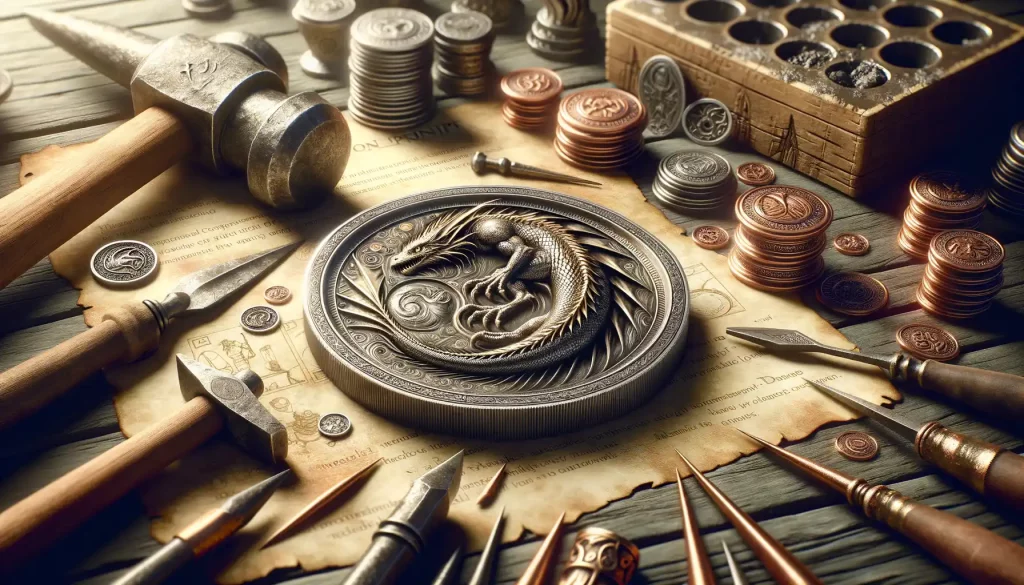Understanding the History and Symbolism of Celtic Knots
The Origins: A Window into Ancient Celtic Culture
Celtic knots, with their mesmerizing loops and endless weaves, have roots that run deep into history. Imagine ancient stone carvings in windswept landscapes, where these patterns first emerged as a silent language of art. Dating back to as early as the 3rd or 4th century, they adorned everything from illuminated manuscripts like the *Book of Kells* to intricate jewelry worn by warriors and nobility alike. These knots weren’t just decorative—they were storytellers, whispering tales of interconnectedness, eternity, and the mystical cycles of life.
What Do Celtic Knots Really Mean?
Here’s where things get personal. Every twist and turn of a Celtic knot carries meaning. At their core, these designs speak of unbreakable bonds and life’s interconnected paths. Some of the most iconic knots include:
- Trinity Knot (Triquetra): Representing the balance of mind, body, and soul—or past, present, and future—it’s a symbol of harmony.
- Eternal Knot: With no beginning or end, it symbolizes timeless love or the eternal journey of the soul.
When you thread these forms into your handmade jewelry, you’re not just crafting something beautiful; you’re weaving centuries of wisdom, mystery, and a touch of enchantment into every piece.
Essential Tools and Materials for Creating Celtic Knot Jewelry
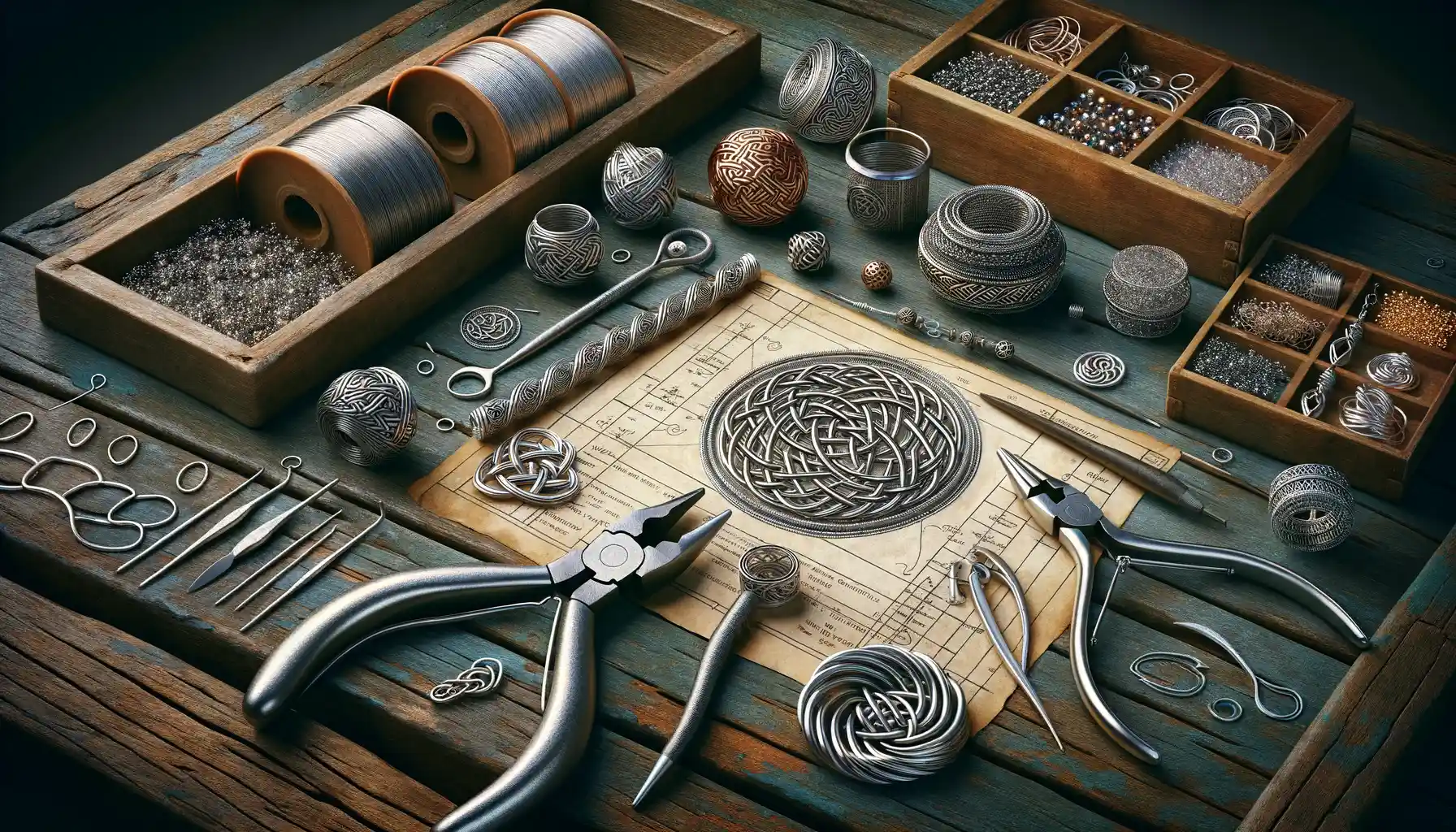
Mastering the Craft: The Tools You’ll Treasure
Ready to embark on your journey of weaving mesmerizing Celtic knots into dazzling jewelry? Start with your toolbox! Here’s what you’ll want by your side—no apprentice of artistry should be without these essentials:
- Round-nose pliers: These are your magic wands for shaping wire into those intricate interlacing forms. Picture smooth curves and flawless loops at your fingertips.
- Jeweler’s saw: Delicate cuts need precision, and this tool is your best ally for achieving crisp, clean edges, especially in metalworking.
- Wire cutters: Snip away with confidence! Whether trimming silver wire or copper strands, these will keep your lines sharp and tidy.
- Mandrels: Think of these as your mini-sculpting platforms. Perfect for creating uniform shapes and consistent Celtic patterns.
The Beauty Is in the Details: Materials That Inspire
When it comes to crafting Celtic knot jewelry, materials are just as important as the tools. Let’s talk textures and tones!
The timeless beauty of sterling silver is always a crowd-pleaser, but don’t stop there. Experiment with brass for a rustic charm or rose gold for a romantic glow. For cords, opt for waxed linen thread or soft leather—ideal for necklaces or bracelets that feel both earthy and elegant.
And don’t overlook beads! Tiny gemstone accents like jade, amethyst, or even contrasting black onyx can amplify the mystical allure of your designs. It’s like adding stars to an already stunning night sky!
Step-by-Step Guide to Designing Handmade Jewelry with Celtic Knots
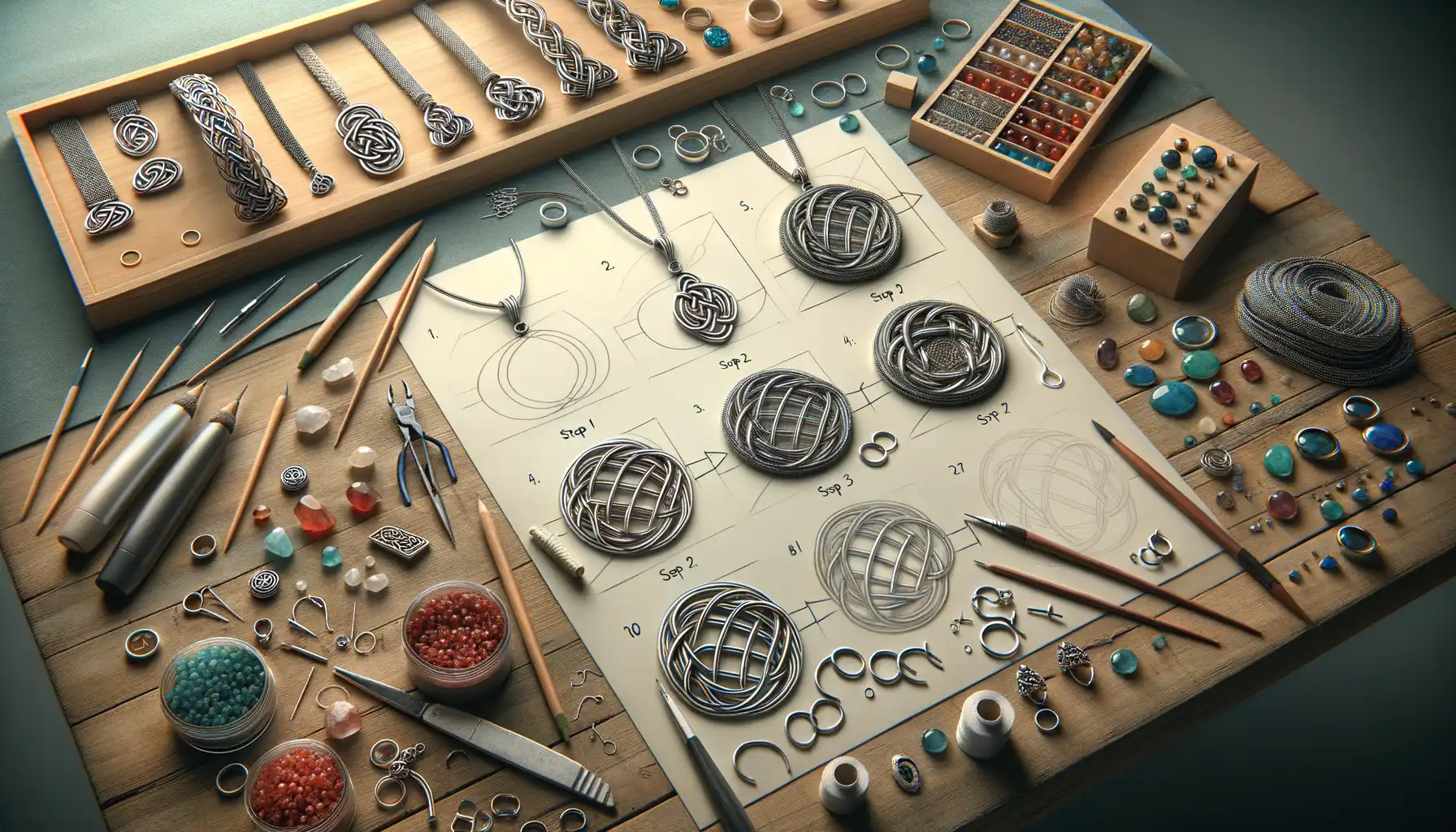
Crafting Your Design: Where Creativity Meets Precision
Ready to bring your vision to life? Designing handmade jewelry with intricate Celtic knots combines patience, artistry, and a touch of magic. Start by sketching your ideas—no need to be Picasso here, but having a rough visual helps! Think about the story your piece will tell. Will it feature the timeless Trinity Knot, symbolizing eternity, or perhaps a more elaborate continuous loop representing love and unity? Let your inspiration run wild.
Once you’ve settled on a design, translate that sketch into a template. Use graph paper for precision (trust me, it’s a lifesaver). Keep in mind that Celtic knots often rely on symmetry and balance—mirroring nature’s harmonious patterns.
- Mark focal points for gemstones or beads if you’re adding those.
- Determine knot size based on your chosen medium (e.g., pendant vs. ring—it matters!).
Now, grab a pencil and play. Draw overlapping lines, erase, redraw… it’s like solving a puzzle with endless possibilities. You’ll know when it clicks—it’s that moment when your design feels alive.
Working With Wires or Threads
When working with materials like wire or thread to create your knots, preparation is key. Begin by cutting an ample length—too short, and you’ll cry halfway through! Secure the ends to prevent unraveling as you loop and weave.
For wire jewelry, use pliers to bend and form loops with care. For thread-based designs, like macramé, strong tension is vital. Anchor your work to a clipboard—the humble office supply turned jeweler’s secret weapon.
Pro tip: If you’re layering multiple Celtic knots, connect small base knots first and build upwards. It’s like stacking blocks but way prettier. And don’t fret over every single twist being perfect; after all, handmade is about heart, not absolute precision.
Creative Ideas for Incorporating Celtic Knots into Various Jewelry Pieces
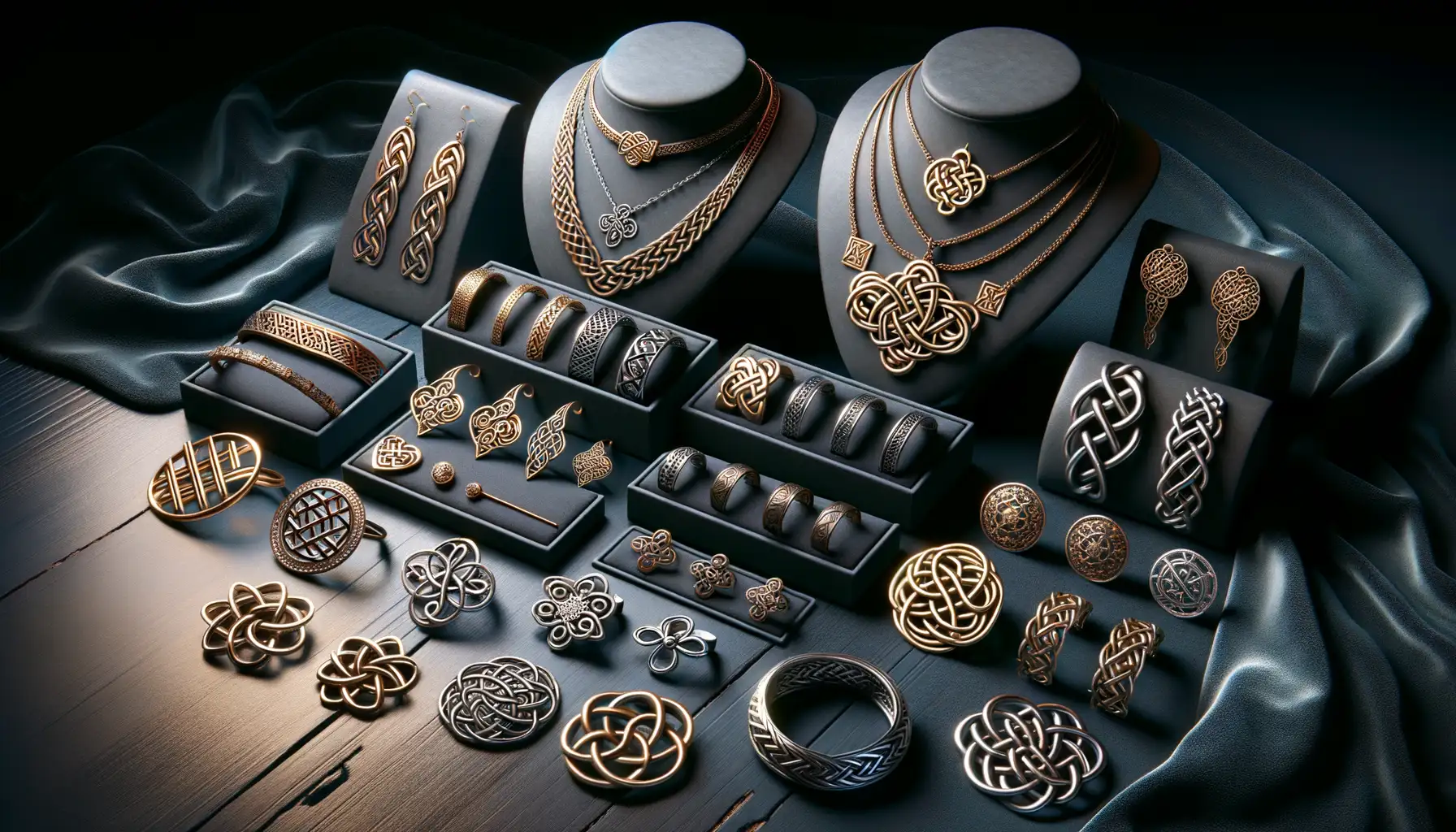
Transforming Rings, Earrings, and Bracelets with Celtic Charm
When it comes to weaving magic into your jewelry designs, few things rival the intricate beauty of Celtic knots. Why settle for ordinary when you can create meaningful pieces adorned with these timeless patterns? Let’s unleash some creativity!
For rings, think of narrow or semi-wide bands encircled with delicate knotwork. You could etch a classic Trinity Knot around the band for a subtle yet symbolic touch. Or, go bold by crafting a raised knot design, giving the piece an almost sculptural quality.
For earrings, opt for small, dangling teardrop shapes or circular pendants featuring knots like the Eternal Knot. Add tiny gemstones in the center for a pop of color, and suddenly, your earrings don’t just dangle—they dazzle.
Got a knack for creating statement pieces? Design a bold cuff bracelet where multiple knots seem to flow and interlock seamlessly—like streams merging into a river.
Delicate Necklaces and Breathtaking Pendants
Necklaces offer endless possibilities, so why not turn them into wearable storytelling? Picture this: a simple chain holding a stunning silver pendant shaped like a Claddagh Knot or an intricate Lover’s Knot—symbols of love and unity that never fail to capture the heart. Don’t forget to experiment with layering! Stack several necklaces of different lengths, each featuring a unique knot design.
Another idea? Frame knots inside geometric shapes like circles or triangles for a contemporary vibe, or combine knots with other elements like tree motifs or animals for an earthy, nature-inspired look.
Tips for Marketing and Selling Celtic Knot Jewelry
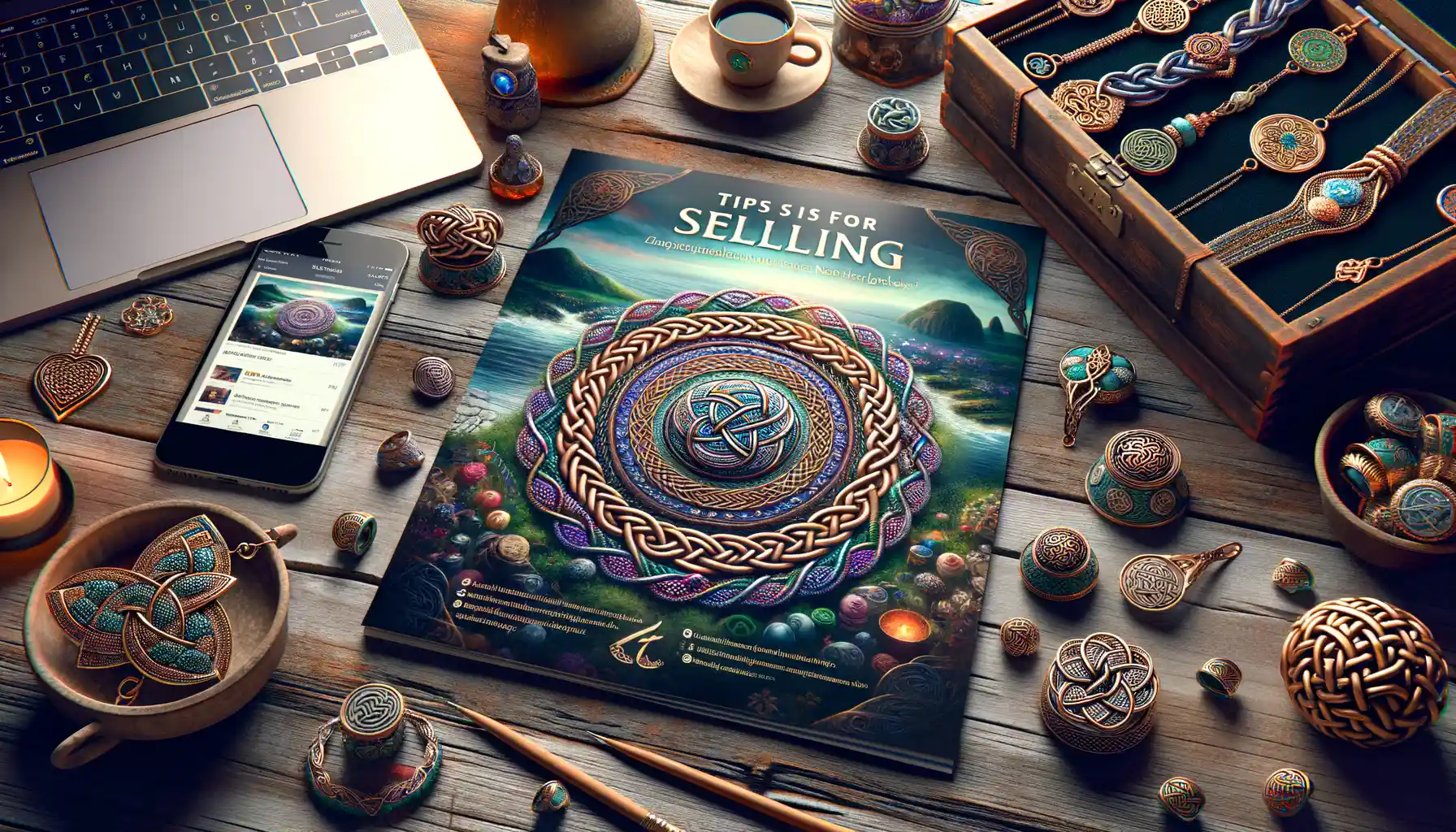
Creating a Magnetic Story Behind Your Jewelry
Selling Celtic knot jewelry isn’t just about the beauty of intricate designs—it’s about conveying the soul behind them. Every Celtic knot holds centuries of meaning, from eternal love to unbroken bonds and spiritual growth. Tap into these stories! When showcasing your work at craft fairs or online, pair each piece with an enchanting description. For example, “This pendant symbolizes the infinite connection between loved ones—a gift that whispers ‘forever.’”
Don’t shy away from storytelling in your product photos either. Display the jewelry on natural backdrops like mossy stones, driftwood, or velvet reminiscent of ancient tapestries. People are drawn to emotions, not just objects. Want a secret weapon? Share *your* creative journey. Why do Celtic knots inspire you? Build that connection. Your passion is contagious.
Strategize Your Marketing for Celtic Enthusiasts
The key to reaching your audience? Go where their hearts already belong. Here’s a roadmap:
- Advertise at local Irish festivals or Renaissance fairs—they’re brimming with fans of Celtic lore.
- Engage with niche Facebook groups focused on Celtic history, spirituality, or mythology.
- Pair your work with related trends like bohemian fashion or mindfulness practices. Think pendant necklaces for meditation or knot earrings to complement flowy, nature-inspired outfits.
Remember, your jewelry isn’t just art—it’s an invitation for customers to carry a story, tradition, and a little magic with them.

